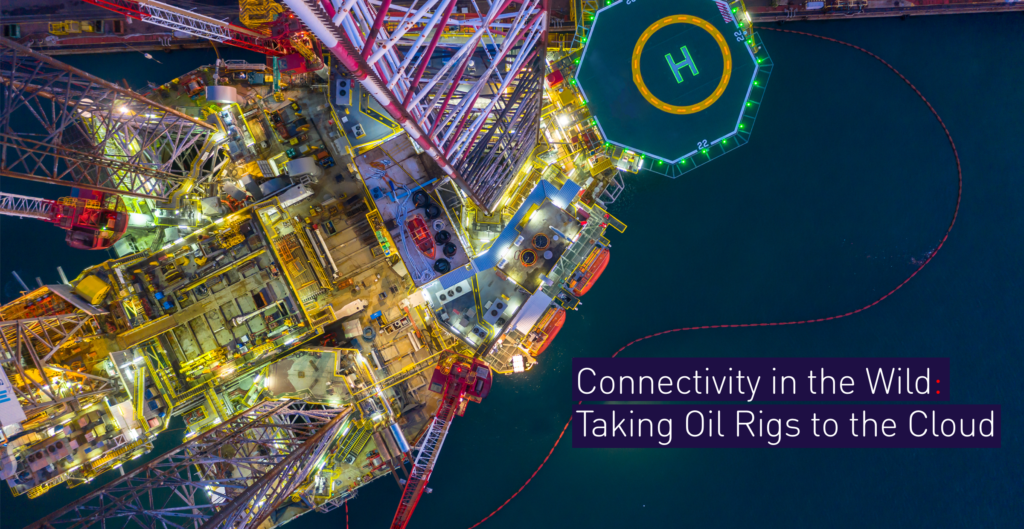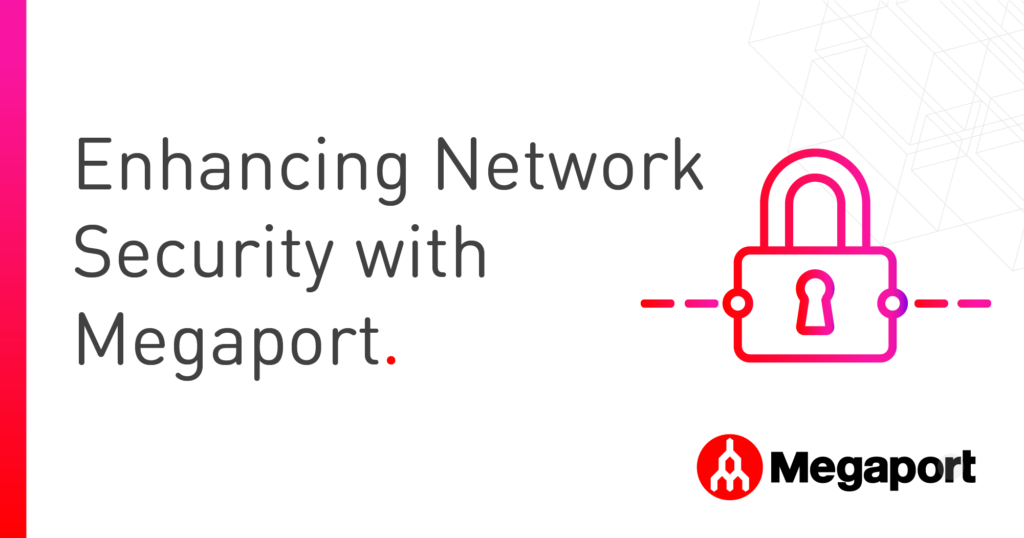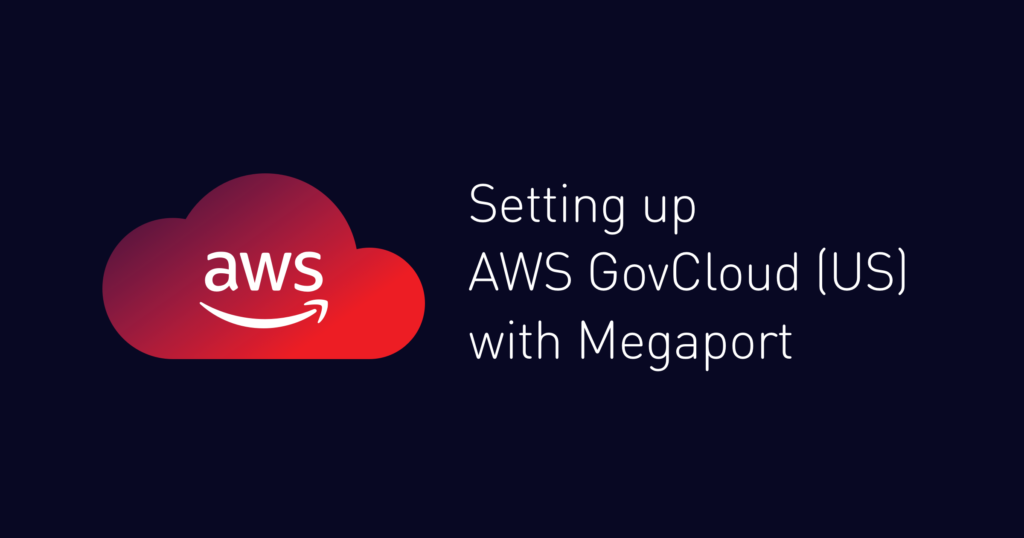
Connectivity in the Wild: Taking Oil Rigs to the Cloud
- December 1, 2020
- RSS Feed
Tampnet and Megaport make rapid cloud access possible for remote offshore locations, helping oil and gas companies overcome their current challenges – and those to come.
When you think of an offshore oil platform, you’ll likely think about their physical mechanical complexity – the network of pumps, valves, and extractors that make up offshore oil rigs and platforms. But in reality, modern oil operations are also a powerhouse of data and digital innovation.
Today, every offshore platform is a data centre of its own. And like any data centre on land, these sites need robust connectivity and access to cloud services to innovate and grow.
In this blog, I’ll be looking at what the future holds for the offshore oil industry, and how the partnership between Tampnet and Megaport is bringing the connectivity and cloud services that will make it a reality.
The future of offshore oil platforms
Any energy company involved in extracting oil has several pressing items at the top of the agenda. For oil and gas, some of these challenges are evergreen, like the need to lower costs, improve time to market, and meet safety and sustainability targets. But others are being accelerated and exaggerated by the COVID-19 pandemic.
Innovative technologies are helping offshore sites overcome both these constant challenges and new threats. For instance, as concerns around employee safety have grown, the oil and gas industry found its new normal by virtualising previously physical assets and actions to help more staff work remotely from safer onshore environments.
And to face the ongoing pressures to move faster and more efficiently, energy companies are turning mechanical instruments into connected sensors. A typical offshore site could have anywhere between 350,000 and 500,000 sensors onboard, all helping platform operators make smarter decisions about equipment utilisation and enabling predictive maintenance.
Whether oil and gas companies use sensors and digital twins to better understand equipment on platforms, or wearables and drones to help offshore maintenance engineers do their work from more socially distanced onshore locations, these innovations have something in common: a need to transmit high volumes of data – fast.
How do you bring rapid connectivity to the most remote sites?
Even on land, access to high-bandwidth internet is inconsistent. Sites out at sea are less connected still. This creates a major hurdle for those energy companies looking to make the most of data-driven, digital technologies on their offshore platform.
Offshore oil platforms, maritime vessels, and ocean wind farms all share the same complexity when it comes to needing high-bandwidth, low-latency connectivity to move data between offshore and onshore sites effectively. But not every customer wants to send data back to their HQ – some also need to send it to the cloud.

From the platform to the cloud, with no stops
As oil platforms increasingly rely on data to make smarter decisions about drilling locations, maintenance and sustainable extraction strategies, the companies operating them will need vast storage and compute power. For many companies, this need for more IT resources will quickly hit the limits of what they can find in their own data centres.
While I see some of our offshore customers using cloud services today, I imagine many more will take their data off-premises to overcome scalability issues over time. In the past, the cloud hasn’t always been practical for the majority of workloads due to the sheer latency of having to move data from the platform to a data centre, and then send it on to a cloud provider. Now, there’s a smarter way to send traffic directly from oil platform to cloud platform.
By partnering with Megaport, our customers can connect seamlessly to all major cloud providers. This makes it easy for offshore sites to connect to cloud services directly – even if they’re nowhere near their service providers’ on-ramps or data centres. And because Megaport makes it easy to provision new connections, offshore sites can quickly and cost-effectively spin up cloud services to trial new solutions.
High-speed and high-security
While a fast, direct connection to the cloud will help entice more energy companies to take their workloads off-premises, the security Megaport’s private network provides will also be a huge incentive for these companies to embrace the cloud future more readily.
Today, many oil companies are rightly very conscious about the security of their data and the connectivity it relies on; a cyber-attack on an offshore oil rig could have catastrophic consequences.
That’s why we’ve taken the security of our customers seriously since day one. Tampnet together with all kinds of partners protect our customers from cyber-threats, and I’m pleased we’re able to carry on this focus on security in partnership with companies like Megaport.
Combining Megaport’s and Tampnet’s services means that our customers can completely bypass conventional public internet lines on their way to their cloud providers of choice, helping reduce their exposure to potential cyber-threats.
The benefits of cloud – for every industry
For years now, businesses that operate onshore have sung the praises of cloud solutions. While many offshore industries may have felt excluded from these benefits before, Tampnet and Megaport can offer the security, bandwidth, and low latency they need to make the most of the cloud – and overcome the IT resource issues they’ll inevitably face as they become more data-driven.
Read the full press release to learn more about the partnership between Tampnet and Megaport.


